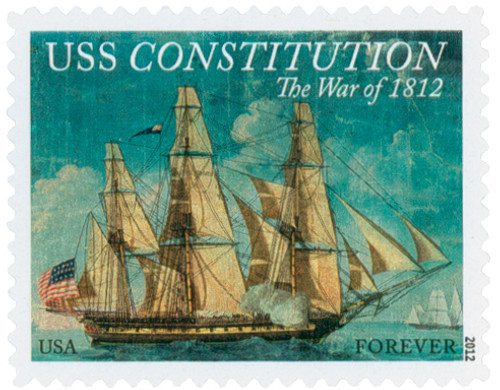
# 4703 - 2012 First-Class Forever Stamp - The War of 1812: USS Constitution
U.S. #4703
2012 45¢ USS Constitution
War of 1812
Another Victory For Old Ironsides
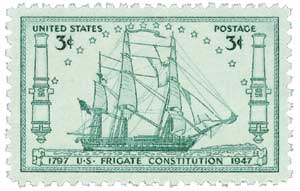
On December 29, 1812, the USS Constitution scored another American victory at sea in the War of 1812.
Named for the document that established our nation’s laws, the USS Constitution was built in a Boston shipyard between 1794 and 1797. Its massive 204-foot-long oak hull was made from trees from Massachusetts, Maine, and Georgia. The Constitution was launched on October 21, 1797.
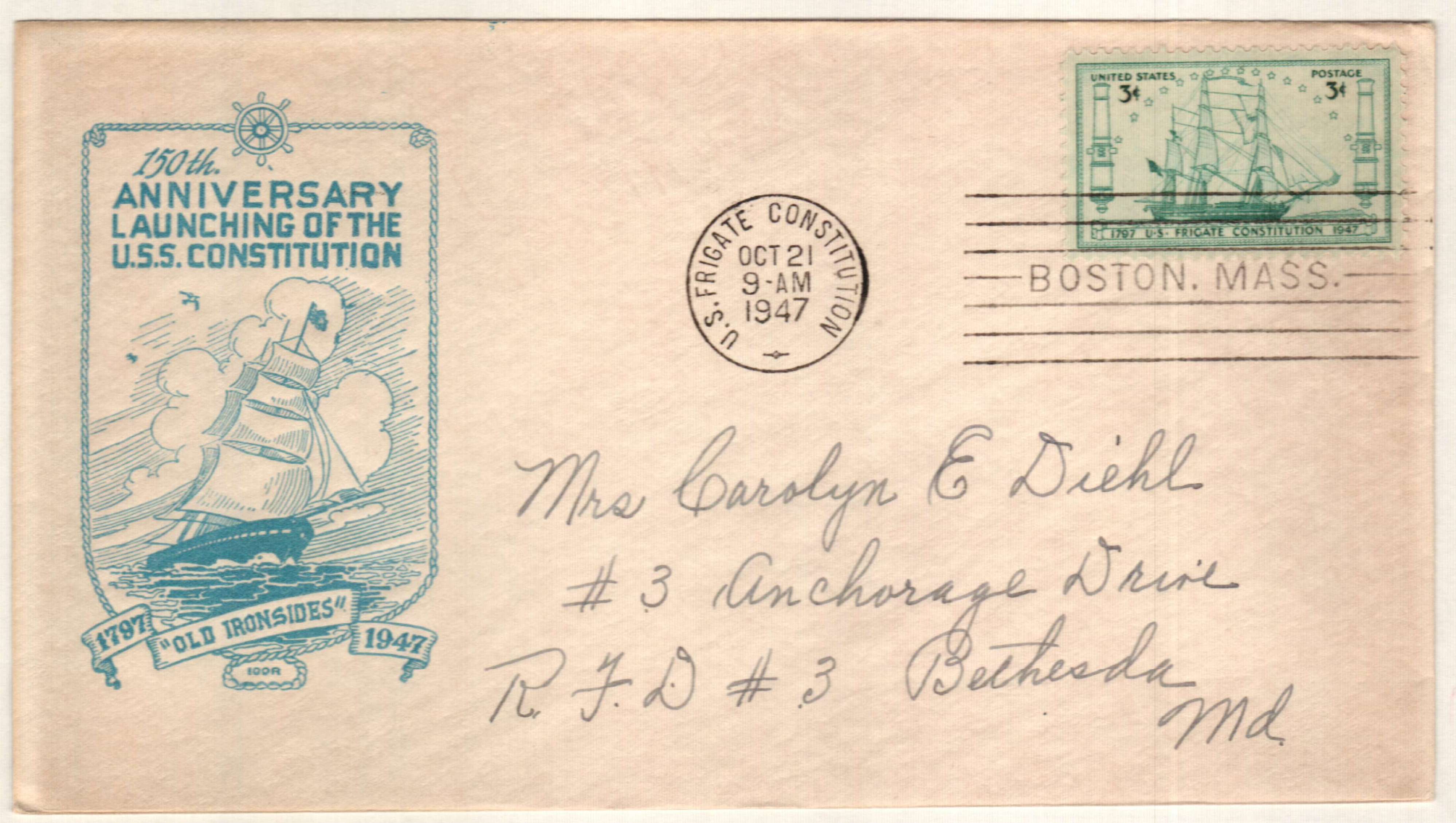
The ship fought in battles against the Barbary pirates in 1803-4 and emerged undamaged. Shortly after the start of the War of 1812, the Constitution fought against the British warship Guerriere. During the fighting, a sailor saw British shots bouncing off the side of the ship and exclaimed that it had “sides of iron.” “Old Ironsides” became the ship’s popular name.
Later that year, the Constitution was sent to patrol the South Atlantic, where the British had considerable trade. Commodore William Bainbridge’s mission was to torment the British and draw their stronger forces away from the US coast.
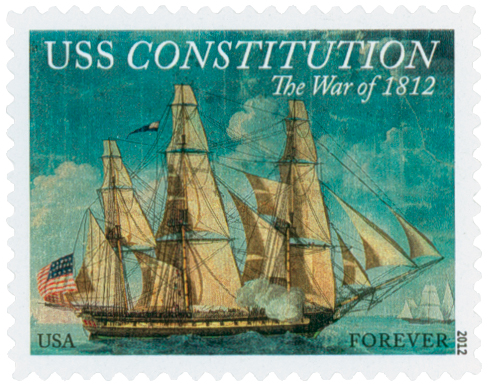
On December 29, 1812, the Constitution, met the HMS Java, commanded by Henry Lambert near Brazil. The Constitution had a superior crew and weaponry, but both ships suffered substantial damage. However, they continued firing on each other, at one point becoming entangled. The Java’s captain was also killed in the fighting.
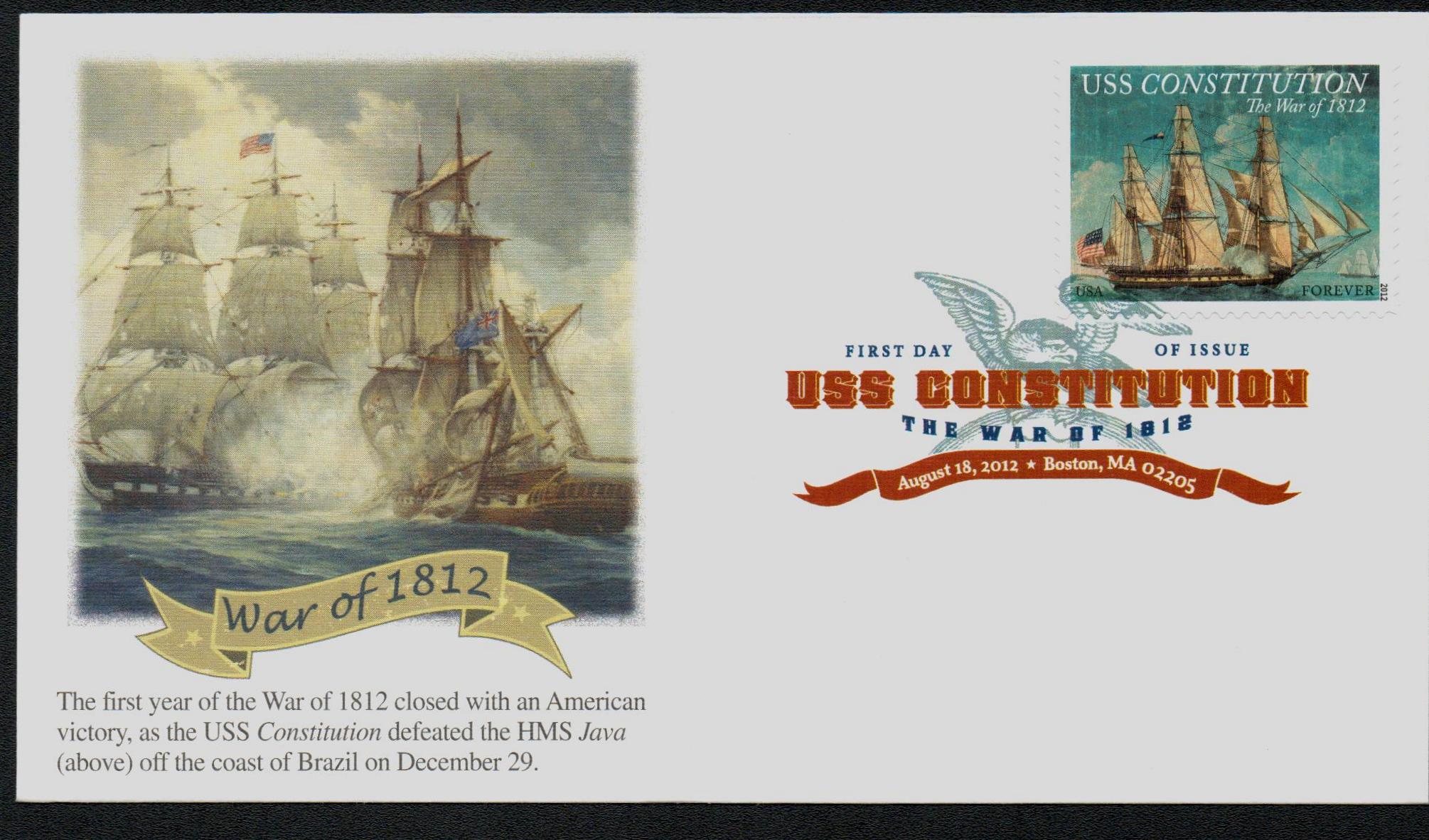
After taking an hour off from the battle for repairs, the Constitution returned to the Java. However, the British ship was in shambles, and its badly wounded crew surrendered. Bainbridge saw that the Java was too damaged to keep as a prize and ordered it be burned. However, he first salvaged its helm and installed it on the Constitution.
This battle marked the third time in as many months that a British warship was captured by the United States. In response, the British Admiralty ordered its frigates not to engage the larger American ships one-on-one.
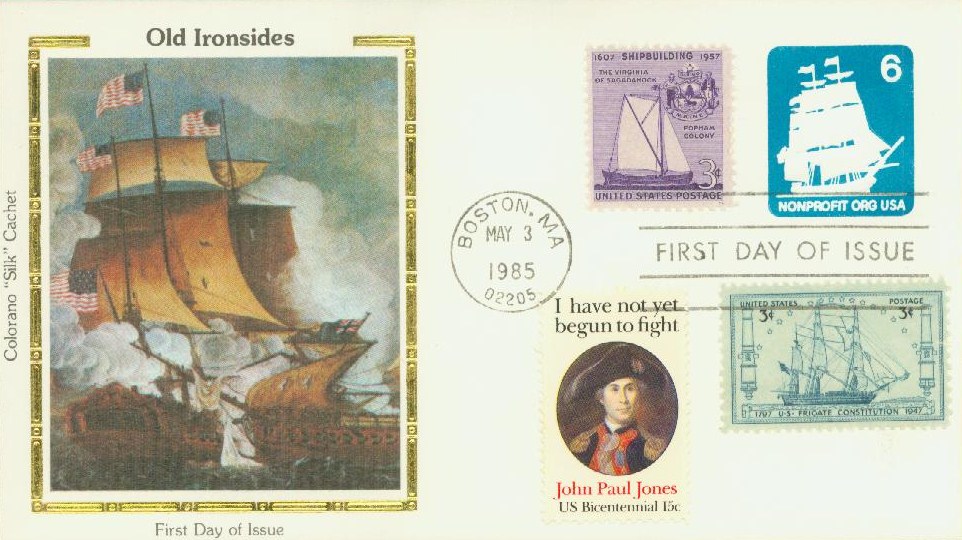
The victory stunned the world and inspired national pride across America. In Britain, the London Times opined, “It is not merely that an English frigate has been taken… but that it has been taken by a new enemy… unaccustomed to such triumphs… how important this triumph is in giving a tone and character to the war. Never before in the history of the world did an English frigate strike to an American.”
U.S. #4703
2012 45¢ USS Constitution
War of 1812
Another Victory For Old Ironsides

On December 29, 1812, the USS Constitution scored another American victory at sea in the War of 1812.
Named for the document that established our nation’s laws, the USS Constitution was built in a Boston shipyard between 1794 and 1797. Its massive 204-foot-long oak hull was made from trees from Massachusetts, Maine, and Georgia. The Constitution was launched on October 21, 1797.

The ship fought in battles against the Barbary pirates in 1803-4 and emerged undamaged. Shortly after the start of the War of 1812, the Constitution fought against the British warship Guerriere. During the fighting, a sailor saw British shots bouncing off the side of the ship and exclaimed that it had “sides of iron.” “Old Ironsides” became the ship’s popular name.
Later that year, the Constitution was sent to patrol the South Atlantic, where the British had considerable trade. Commodore William Bainbridge’s mission was to torment the British and draw their stronger forces away from the US coast.

On December 29, 1812, the Constitution, met the HMS Java, commanded by Henry Lambert near Brazil. The Constitution had a superior crew and weaponry, but both ships suffered substantial damage. However, they continued firing on each other, at one point becoming entangled. The Java’s captain was also killed in the fighting.

After taking an hour off from the battle for repairs, the Constitution returned to the Java. However, the British ship was in shambles, and its badly wounded crew surrendered. Bainbridge saw that the Java was too damaged to keep as a prize and ordered it be burned. However, he first salvaged its helm and installed it on the Constitution.
This battle marked the third time in as many months that a British warship was captured by the United States. In response, the British Admiralty ordered its frigates not to engage the larger American ships one-on-one.

The victory stunned the world and inspired national pride across America. In Britain, the London Times opined, “It is not merely that an English frigate has been taken… but that it has been taken by a new enemy… unaccustomed to such triumphs… how important this triumph is in giving a tone and character to the war. Never before in the history of the world did an English frigate strike to an American.”

